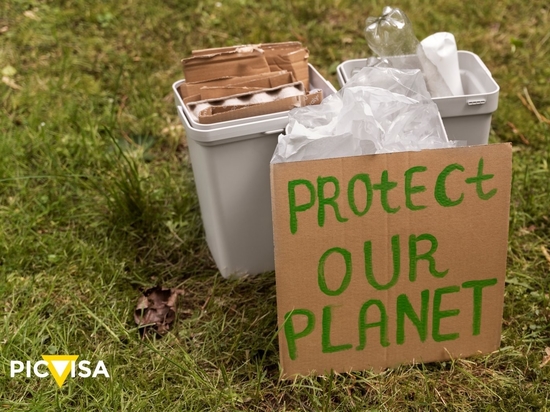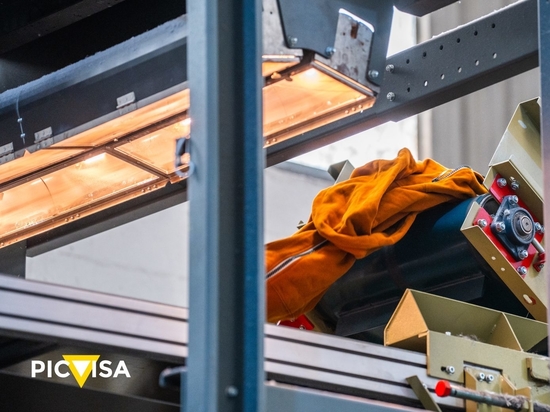
#Industry News
THE RECYCLING REVOLUTION IN THE LAST DECADE: TRANSFORMATION AND PROGRESS
THE RECYCLING REVOLUTION IN THE LAST DECADE: TRANSFORMATION AND PROGRESS
THE RECYCLING REVOLUTION IN THE LAST DECADE: TRANSFORMATION AND PROGRESS
by Picvisa | Nov 10, 2023 | Circular economy
The recycling sector has experienced an extraordinary revolution over the last ten years, driven by drastic changes in consumption habits and the proliferation of packaging.
Europe has always been a conscious society regarding the preservation of the environment and a pioneer in national and supranational policies focused on sustainability and zero waste.
In the 2013-2023 decade, both European directives and the action plans of various countries demonstrate a clear commitment to waste recycling, a commitment that means facing challenges of great magnitude, both social and industrial-technological.
FROM THE OVERLOAD OF WASTE TO RECYCLING INNOVATION
Since 2013, we have witnessed an exponential increase in waste generation, directly reflecting the consumption trends of our society. The volume of plastic waste generated in Europe, for example, has risen to figures that are double-digit multiples of the waste generated in the previous decade.
Today, plastic is the material that generates the most tons of waste and, according to experts, has the least tendency to decrease. Paper and cardboard follow behind, although their recycling is quite efficient. The growth of e-commerce has been one of the main culprits of the exponential increase in packaging and, consequently, waste from these materials.
GLASS MAINTAINS A MORE STABLE CURVE, THANKS TO A RECYCLING CHAIN THAT IS HIGHLY OPTIMIZED.
As for textile waste, the situation is perhaps the most alarming. Fast fashion has shortened the life cycle of textile products in an unthinkable way, putting us in front of a panorama where the waste of this material, often the least recycled and most problematic in terms of separation and classification, overwhelms the sorting, collection, and recycling capabilities of many countries.
In the immediate future, the objectives set by the EU for 2025 aim for a 65% recycling of packaging and a 55% recycling or reuse of any type of urban waste. However, the development of the capabilities and infrastructures to undertake this challenge shows a perspective where very few countries seem capable of achieving both objectives.
DRIVING SUSTAINABILITY: ARTIFICIAL INTELLIGENCE AND WASTE SEPARATION
The Organization for Economic Cooperation and Development (OECD) has been monitoring the generation and treatment of waste worldwide since 1990. The increase in global waste generation is constant and shows no signs of decreasing, which represents extraordinary pressure on management strategies and plans, as well as on the agents and companies responsible for recycling processes.
The response of the recycling sector to this increase in waste generation has been agile and effective at all times.
Companies have invested in infrastructure and technology, developing innovations such as the identification and separation of waste based on Artificial Intelligence and Machine Vision, which have improved, and continue to do so, the efficiency and precision in the classification of materials.
In any case, considering that the current landscape allows us to affirm that the improvement with respect to the previous decade is unquestionable, the sustainable management of urban waste is one of the industrial and social challenges of priority for the next decade. It is a long-distance race that European countries are facing with unequal achievements and challenges, as shown by the most up-to-date data available to us.
RECYCLING IS NO LONGER WHAT IT WAS, AND THAT’S GREAT NEWS
Looking at the consumption trends and the figures of waste generated by different types of materials, we can conclude that, in general, we quickly adopt new habits, but we are not as quick in managing the waste that these new habits generate.
However, the recycling sector, in increasingly close collaboration with producers, manufacturers, distributors, and logistics operators, is capable of providing a rapid response in terms of waste management and recycling. This is applicable to both traditional waste and the latest generation of waste.
The recycling sector is a benchmark in innovation. A good example of this is the rise of upcycled foods, an upward trend that turns food by-products into value-added ingredients. Upcycling is an innovation that not only contributes to the reduction of waste but also opens new market opportunities for sector brands.
If we make a parallel with the textile sector, companies that provide advanced technology to facilitate textile recycling, like PICVISA have quickly identified this potential, adapting their processes and technologies to support the sustainable development of products derived from waste.
THE CIRCULAR ECONOMY: AN ACHIEVABLE GOAL
The concept of a “Circular Economy” and “Zero Waste” are no longer a utopia. Continuous improvement in recycling techniques has allowed materials that were previously considered waste to now be seen as resources.
Zero Waste initiatives are taking shape thanks to technology and innovation in waste classification, underpinning the transition towards a more circular and sustainable economy.
The recycling industry must face regulatory, technological, and infrastructure challenges. But with each challenge comes an opportunity.
In the case of PICVISA, each opportunity is an incentive to provide new solutions that keep us on the path towards a future with less crowded landfills and products with many useful lives.






